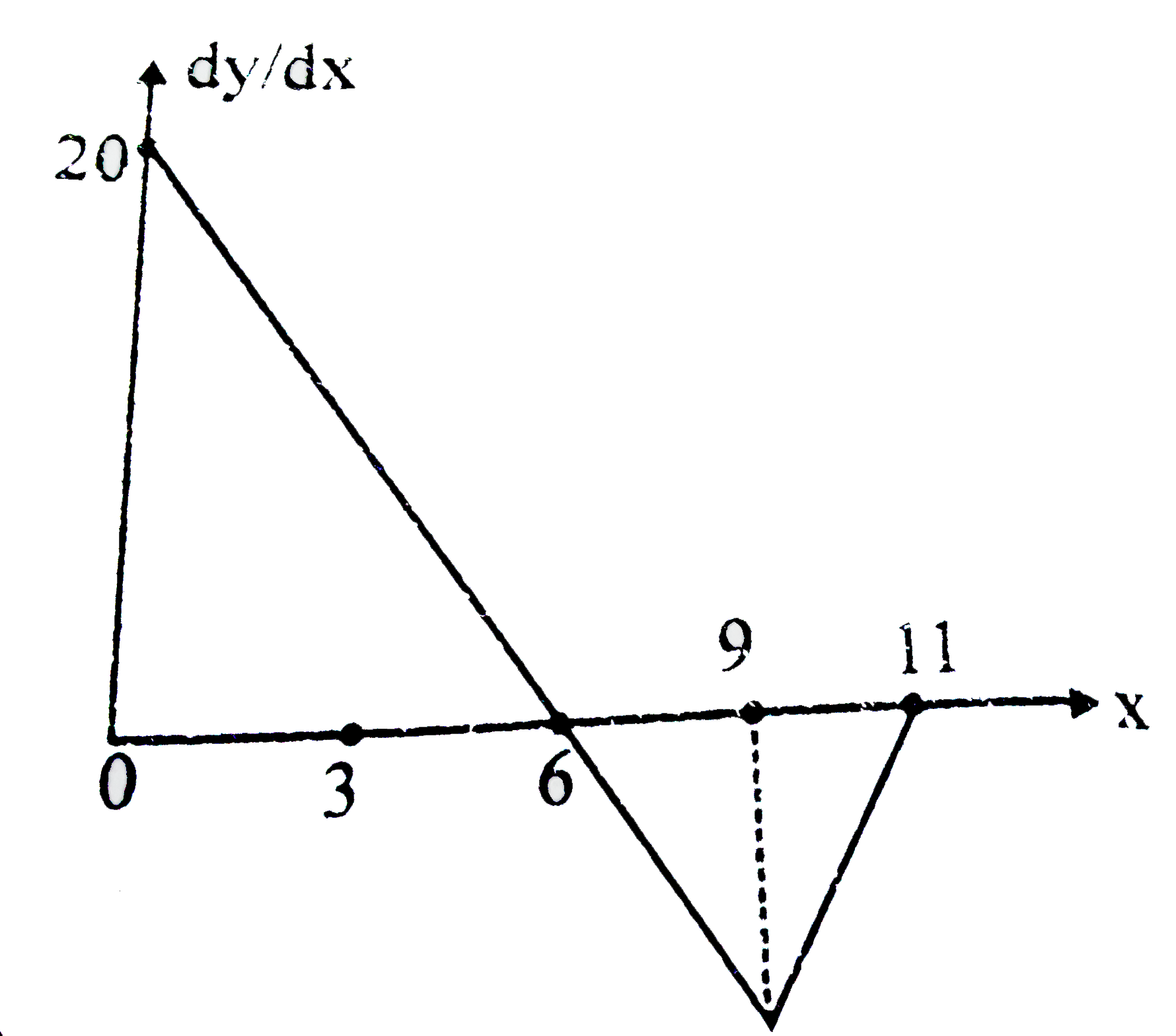The inversion of a sugar follows first order rate equation which can be followed by noting the change in the rotation of the plane of polarization of light in the polarimeter. If r∞,rf and r0 are the rotations at t=∞,t=t, and t=0, then the first order reaction can be written as
K=1tlog∘.r1−r∞r0−r∞
K=1tIn.r0−r∞rt−r∞
K=1tIn.r∞−r0rt−r∞
K=1tIn.r∞−rtr∞−r0
The correct Answer is:B
To solve the question regarding the first-order rate equation for the inversion of sugar, we will follow these steps:
1. Understand the Reaction:
The inversion of sugar (like cane sugar) is a first-order reaction where sucrose is hydrolyzed into glucose and fructose.
2. Define the Rotations:
- r0: Rotation at time t=0 (initial rotation).
- rt: Rotation at time t.
- r∞: Rotation at time t=∞ (final rotation when the reaction is complete).
3. Identify the Change in Rotation:
The change in rotation can be expressed as:
- At t=0: r0
- At t=t: rt
- At t=∞: r∞
4. Calculate the Amount of Reactant and Product:
- Let A be the initial amount of cane sugar.
- At t=0, the concentration of glucose and fructose is 0.
- At time t, if x moles of cane sugar have reacted, the remaining cane sugar is A−x, and the amount of glucose and fructose formed is x.
- At t=∞, all cane sugar has reacted, so x=A.
5. Relate the Rotations to Concentrations:
The change in rotation can be related to the amount of sugar reacted:
- r0−r∞ corresponds to the initial rotation minus the final rotation.
- r0−rt corresponds to the initial rotation minus the rotation at time t.
6. Apply the First-Order Rate Law:
The first-order rate equation is given by:
k=2.303tlog(AA−x)
Substituting the values:
k=2.303tlog(r0−r∞(r0−r∞)−(r0−rt))
Simplifying gives:
k=2.303tlog(r0−r∞rt−r∞)
7. Convert to Natural Logarithm:
Since the options are in natural logarithm (ln), we convert the logarithm:
k=1tln(r0−r∞rt−r∞)
8. Identify the Correct Option:
Comparing with the provided options, we find that:
k=1tln(r0−r∞rt−r∞)
matches with Option B.
Final Answer:
The correct expression for the first-order reaction is:
k=1tln(r0−r∞rt−r∞)
Option B is the correct answer.
The inversion of sugar (like cane sugar) is a first-order reaction where sucrose is hydrolyzed into glucose and fructose.
- r0: Rotation at time t=0 (initial rotation).
- rt: Rotation at time t.
- r∞: Rotation at time t=∞ (final rotation when the reaction is complete).
The change in rotation can be expressed as:
- At t=0: r0
- At t=t: rt
- At t=∞: r∞
- Let A be the initial amount of cane sugar.
- At t=0, the concentration of glucose and fructose is 0.
- At time t, if x moles of cane sugar have reacted, the remaining cane sugar is A−x, and the amount of glucose and fructose formed is x.
- At t=∞, all cane sugar has reacted, so x=A.
The change in rotation can be related to the amount of sugar reacted:
- r0−r∞ corresponds to the initial rotation minus the final rotation.
- r0−rt corresponds to the initial rotation minus the rotation at time t.
The first-order rate equation is given by:
k=2.303tlog(AA−x)
Substituting the values:
k=2.303tlog(r0−r∞(r0−r∞)−(r0−rt))
Simplifying gives:
k=2.303tlog(r0−r∞rt−r∞)
Since the options are in natural logarithm (ln), we convert the logarithm:
k=1tln(r0−r∞rt−r∞)
Comparing with the provided options, we find that:
k=1tln(r0−r∞rt−r∞)
matches with Option B.
The correct expression for the first-order reaction is:
k=1tln(r0−r∞rt−r∞)
Option B is the correct answer.
Topper's Solved these Questions
- CHEMICAL KINETICSBOOK - AAKASH INSTITUTE ENGLISHCHAPTER - CHEMICAL KINETICSEXERCISE - ASSIGNMENT (SECTION C : Previous Year Questions)
62 Videos
- CHEMICAL KINETICSBOOK - AAKASH INSTITUTE ENGLISHCHAPTER - CHEMICAL KINETICSEXERCISE - ASSIGNMENT (SECTION D : Assertion - Reason Type Questions)
15 Videos
- CHEMICAL KINETICSBOOK - AAKASH INSTITUTE ENGLISHCHAPTER - CHEMICAL KINETICSEXERCISE - ASSIGNMENT (SECTION A : Objective Type Questions)
50 Videos
- CHEMICAL BONDING AND MOLECULAR STRUCTURE BOOK - AAKASH INSTITUTE ENGLISHCHAPTER - CHEMICAL BONDING AND MOLECULAR STRUCTURE EXERCISE - Assignment Section J (Aakash Challengers Questions)
10 Videos
- CHEMISTRY IN EVERYDAY LIFE BOOK - AAKASH INSTITUTE ENGLISHCHAPTER - CHEMISTRY IN EVERYDAY LIFE EXERCISE - Assignment ( SECTION - A)
45 Videos
Similar Questions
The ratio of t0.75 and t0.5 for first order reaction :-
View SolutionAll first order reactions are unimolecular.
T or F
View SolutionThe following curve represents rate of change of a variable y w.r.t. x. The change in the value of y when x changes from 0 to 11 is :

View SolutionWhich among the following reactions is can be a example of pseudo first order reaction?
View SolutionA first order reaction has very high value of activation energy.
T or F
View SolutionWhich of the following is incorrect w.r.t competition ?
View SolutionWhich of the following is not true w.r.t. HIV?
View Solutiont1/4 can be taken as the time taken for concentration of reactant to drop to ^(3)/4 of its initial value. If the rate constant for a first order reaction is K, then t1/4 can be written as:
View Solutiont1/4 can be taken as the time taken for concentration of reactant to drop to .3/4 of its initial value. If the rate constant for a first order reaction is K, then t1/4 can be written as:
View SolutionWhich one of the following statements is correct?
View Solution